Metallic Mirror Coatings
Edmund Optics® manufactures a wide range of precision parabolic, spherical, and flat mirrors with a number of different substrate materials. These products are offered in a variety of metallic and dielectric coatings to suit all your application requirements. Metallic mirror coatings are optimized for different regions of the spectrum. Edmund Optics® offers a series of metallic coatings for applications using wavelengths ranging from 120nm to beyond 10μm. Our standard metallic mirror coatings include Protected Aluminum, Enhanced Aluminum, UV Enhanced Aluminum, DUV Enhanced Aluminum, Bare Gold, Protected Gold, and Protected Silver. Protected Aluminum and Enhanced Aluminum are typically used for visible applications. UV and DUV Enhanced Aluminum can be used for UV and visible applications. Bare or Protected Gold offers high reflectance for nearInfrared (NIR) and Infrared wavelengths. Protected Silver provides the highest reflectance between 500 – 800nm and also performs well in near-Infrared and Infrared applications.
Introduction to First Surface and Second Surface Mirrors
All of our mirrors are first surface mirrors, (Figure 1) featuring a high reflectance coating deposited on the front surface of a variety of different types of glass, metal, or semiconductor substrates. First surface mirrors are recommended for use in precision optics applications. Second surface mirrors (Figure 2) can be manufactured using similar coating technology, but the incident light first passes through a transparent substrate material before it is reflected by the coating. This geometry helps protect the coating layer from scratches and oxidization but leads to several other important issues that make this type of mirror unsuitable for most precision optics applications:
- Light incident on a second surface mirror is subject to chromatic dispersion from the substrate material.
- Reflection at the substrate leads to ghost images, indicated by the dashed orange line. A second unwanted reflection occurs as the light exits the substrate decreasing the net reflectance of the mirror. Additional stray ghost reflections may also be seen as the light bounces between the coated and non-coated surfaces of the substrate.
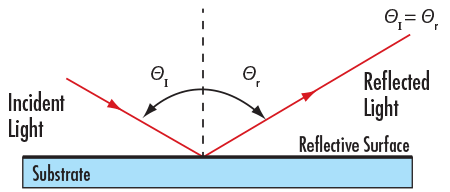
Figure 1: Reflection from a First Surface Mirror
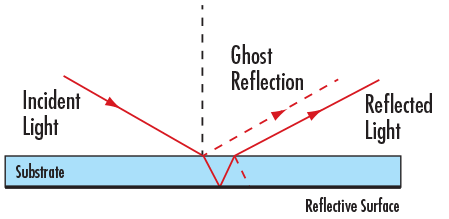
Figure 2: Reflection from a Second Surface Mirror showing the ghost reflection and refraction in the mirror substrate.
What is an Enhanced or Protected Metal Coating?
Metal coatings are typically very delicate without a protective coating and require extra care during handling and cleaning. The surface of an unprotected metal coating should never be touched or cleaned with anything but clean, dry air. A dielectric overcoat on a metallic mirror allows for improved handling of the component, increases the durability of the metal coating and provides protection from oxidation with little impact to the performance of the metal coating. The dielectric layer(s) can also be designed to enhance the reflectance of the metal coating in specific spectral regions. Isopropyl alcohol or acetone can be used to clean our protected metal coated mirrors. A mirror coating selection guide is given in Figure 3 below and summary of key parameters is given on Table 1.

Figure 3: Metallic Mirror Coating Reflectance Curves - Theoretical reflectance rises gradually through 10μm
Protected Aluminum
Standard protected aluminum is our most popular mirror coating for applications in the visible and near infrared. A λ/2 coating of Silicon Monoxide (SiO) is typically used as an overcoat to protect the delicate aluminum. This treatment provides an abrasion-resistant surface while maintaining the performance of aluminum mirror.
Enhanced Aluminum
In an Enhanced Aluminum coating, a multi-layer film of dielectrics on top of aluminum is used to increase the reflectance in the visible or ultraviolet regions. This coating is ideal for applications requiring increased reflectance from 400 – 650nm while the UV and DUV Enhanced Aluminum coatings yield increased reflectance from 120 – 400nm range. The multi-layer film also provides the improved handling characteristics of the protected aluminum coating.
Protected Silver
Silver offers high reflectance in the visible and infrared spectral regions, making it an excellent choice for broadband applications that span multiple spectral regions. A protective coating reduces silver's tendency to tarnish but the coating still performs best in low humidity environments.
Bare and Protected Gold
Gold coatings are effective for applications requiring high reflectance in the NIR and IR regions. Since a durable coating is necessary in many applications, we offer gold with a protective overcoat. The performance of gold (96% reflectivity from 750 – 1500nm) is maintained, but the optic has a more durable finish.
| Table 1: Metallic Mirror Coating Summary | |||
|---|---|---|---|
| Name | Wavelength Range | Reflection Specifications | Typical Energy Density Limit |
| VUV Enhanced Aluminum | 120-125nm | Ravg >78% | |
| 120-700nm | Ravg >88% | ||
| DUV Enhanced Aluminum | 190-195nm | Ravg >88% | |
| 190-600nm | Ravg >85% | ||
| UV Enhanced Aluminum | 250-450nm | Ravg >89% | 0.5 J/cm2 @ 355nm, 10ns |
| 250-700nm | Ravg >85% | ||
| Protected Aluminum | 400-700nm | Ravg >85% | 0.3 J/cm2 @ 532nm & 1064nm, 10ns |
| 400-2000nm | Ravg >90% | ||
| Enhanced Aluminum | 450-650nm | Ravg >95% | 0.2 J/cm2 @ 532nm, 10ns |
| Protected Silver | 450-2000nm | Ravg >98% | 0.5 J/cm2 @ 532nm & 1064nm, 10ns |
| 2000-10000nm | Ravg >98% | ||
| Ultrafast Enhanced Silver | 600-1000nm | Ravg >96% | 0.3 J/cm2 @ 532nm & 1064nm, 10ns |
| Protected Gold | 700-2000nm | Ravg >96% | 0.8 J/cm2 @ 1064nm, 10ns |
| 2000-10000nm | Ravg >96% | ||
| Bare Gold | 700-800nm | Ravg >94% | |
| 800-20000nm | Ravg >97% | ||
| 2000-12000nm | Ravg >98% | ||
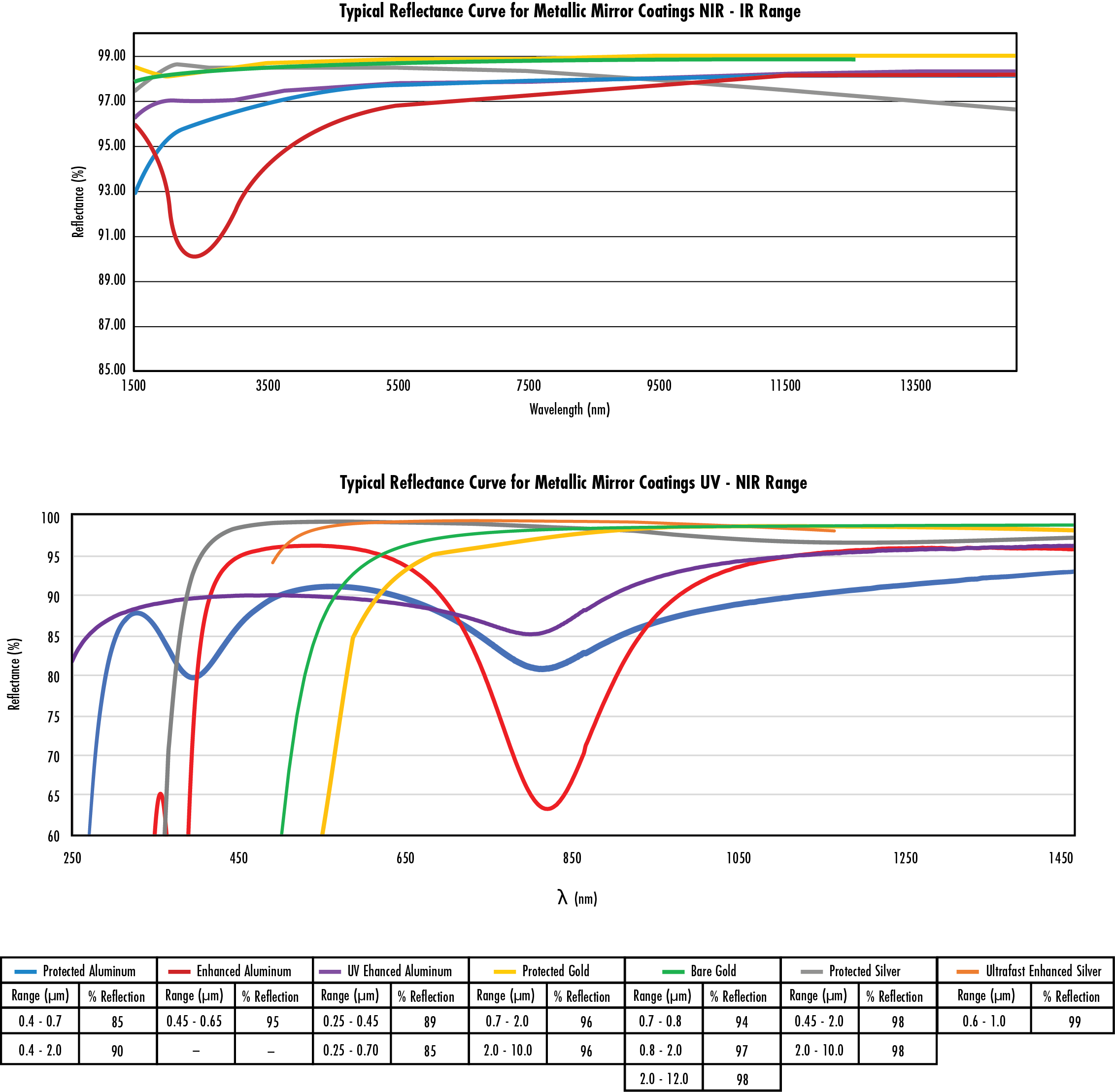
Figure 4: Typical Reflectance Curves for Metallic Mirror
Custom Mirror Coatings Available
Edmund Optics® is a leading designer and manufacturer of laser coatings for mirrors, beamsplitters, windows, and other optical components. We work with a number of testing laboratories to independently qualify and certify our coatings for resistance to laser damage. All specified damage threshold values have been obtained by testing multiple coating runs to ensure an accurate result. The values specified are conservative, with typical data showing that our mirrors are able to withstand 2-3 times the specified threshold.
We are able to design and manufacture coatings for single or multiple laser lines, as well as for broadband tunable laser sources. Coatings designs are also available for partial reflectors, output couplers, and etalons, and for any angle of incidence or polarization state. Our world class manufacturing facilities are able to produce substrates with surface accuracies of < λ/20, surface qualities of 10-5, parallelism of <0.5 arcseconds, and surface roughness of <5 Angstroms in any glass and most crystalline substrates. We will also coat customer-supplied substrates for prototype or production volumes.
For high-power applications, coating designers choose materials with intrinsically low absorption at the relevant wavelengths. But the customer also needs to be aware that the choice of coating materials for high-power applications is limited. The system-designer does well to design for optics with the appropriate damage thresholds from the beginning of the optical design process.
Coatings for use with high-power ultraviolet (UV) lasers are made of different materials from those for use in the visible and near-infrared (IR). The core structure of high-reflection coatings is typically a repeating stack of high- and low-index layers, each a quarter-wavelength thick. The design of the coating can significantly alter the damage threshold. Simply adding a half-wave of low-index material (normally silicon dioxide) as the final layer can result in measurably higher damage thresholds. Silicon dioxide (SiO2) is the generally accepted and ubiquitous choice for low-index layers, and dielectric metal oxides in general are preferred materials for UV, visible, and near-IR laser applications. Choosing a material for high-index layers is not as straightforward: oxides of titanium, tantalum, zirconium, hafnium, scandium, and niobium are all popular high-index materials.
BBHR and NBHR (Notch Filter)
- Visible Broadband: Ravg >98%, 425-675nm, 0-45° AOI
- Notch Filter: R >90% at Center Wavelength (CWL), FWHM < 0.12 CWL, Tavg >90% for Out of Band Wavelengths
- Custom Coatings Available for Wavelengths between 300-1800nm (BBHR) and 350-850nm (Notch)
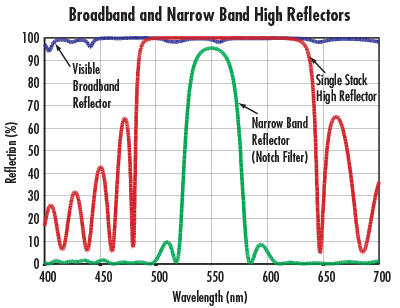
Figure 5: Broadband and Narrow Band High Reflectors
Single and Dual Laser Line Reflector
- Maximum Reflectance at 1 or 2 Customer Selected Wavelengths from 190-3000nm (Single Line) or 350-1700nm (Dual Line)
- Single Line: R >99.5%, at Design Wavelength
- Dual Line: R >98.5%, at Both Wavelengths of Interest
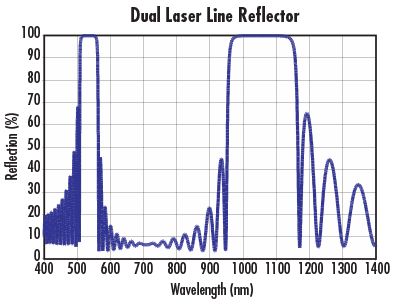
Figure 6: Dual Laser Line Reflector
Laser Line Beamsplitter
- Partial Reflectance from 5%R to 95%R, per Customer Requirement
- Reflectance Specification: R% = ±2%; Typical: R% = ±1%
- 45°, Random and Non-polarizing Versions
- Design Wavelengths from 250-3000nm
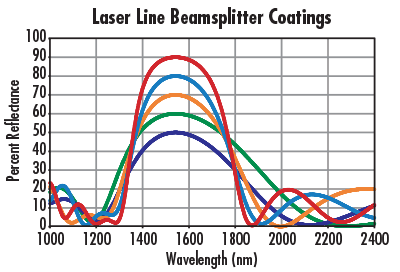
Figure 7: Laser Line Beamsplitter Coatings
Note: All graphs and values are typical and for reference only.
| Edmund Optics Products – Standard metallic mirror coatings are available on the following optics: | |||
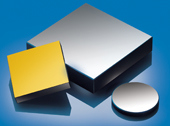 |
Mirrors |
 |
Prisms |


























or view regional numbers
QUOTE TOOL
enter stock numbers to begin
Copyright 2024, Edmund Optics Singapore Pte. Ltd, 18 Woodlands Loop #04-00, Singapore 738100
California Consumer Privacy Acts (CCPA): Do Not Sell or Share My Personal Information
California Transparency in Supply Chains Act
The FUTURE Depends On Optics®